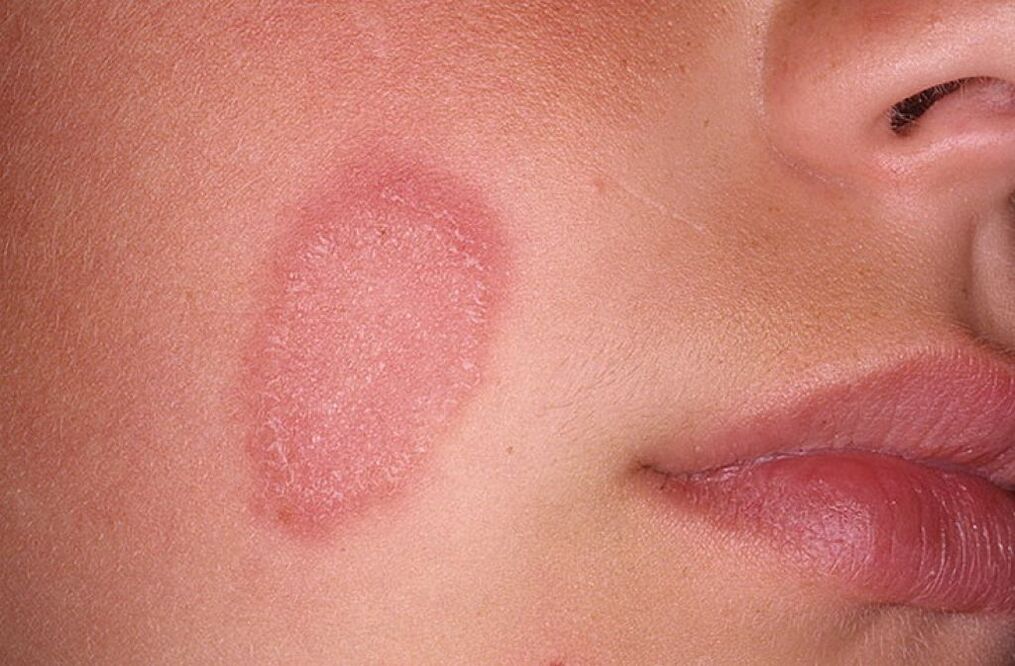
So what is a yeast infection? This is a disease caused by fungi, the number of which is very large in nature. Today there are more than 200 species of different mushrooms. Where do fungi live and how does a person get infected?
Fungi are widespread in the environment. They live in the soil, in plants, in animals, and there are even species of saprophytic fungi that live happily with us, ie. lives in human skin. Fungi that are pathogenic to humans that affect the skin are called dermatophytes, and diseases are called dermatomycosis.
Infection can occur in 2 ways: direct infection through contact with soil, plants, a sick animal or a sick person; indirect - in contact with various objects and things used by patients, as well as with animal care products.
Why do fungal infections occur?
Susceptibility to fungal infection is determined by numerous factors: weather conditions (hot season), immune system condition, skin condition and presence of concomitant diseases. Age, gender and professional factors are also important. More often, of course, the manifestation of the disease is accompanied by increased sweating in the hot season, after returning from the seas, where a hot, humid climate prevails.
These factors are particularly favorable for the introduction of pathogenic fungi and the transition of saprophytes to pathogenic flora.
What are the types of fungal infections?
There are mainly 4 groups of fungal diseases:
They are quite superficial, because they do not cause inflammatory reactions and do not affect skin appendages (hair, nails). The most common disease from this group is pityriasis versicolor or pityriasis versicolor. It is mainly manifested by the appearance of cafe-au-lait spots on the chest, back and shoulder girdle.
This is a large group of fungal diseases that affect the skin, hair and nails. The most common disease from this group is mycosis of the foot. The disease is very common among the adult population - about 80% have this disease.
Treatment of shoes, manicure and pedicure scissors with special antifungal substances in the form of solutions and sprays play a big role in the prevention of fungal diseases.
If necessary, it is also important to fight excessive sweating of the skin of the feet. For treatment, depending on the severity.
The course and degree of the process depends on local and systemic antifungal therapy.
In recent years, a modern method has been successfully used in the treatment of nail fungal diseases (onychomycosis) - laser treatment of onychomycosis.
Prevention of fungal diseases
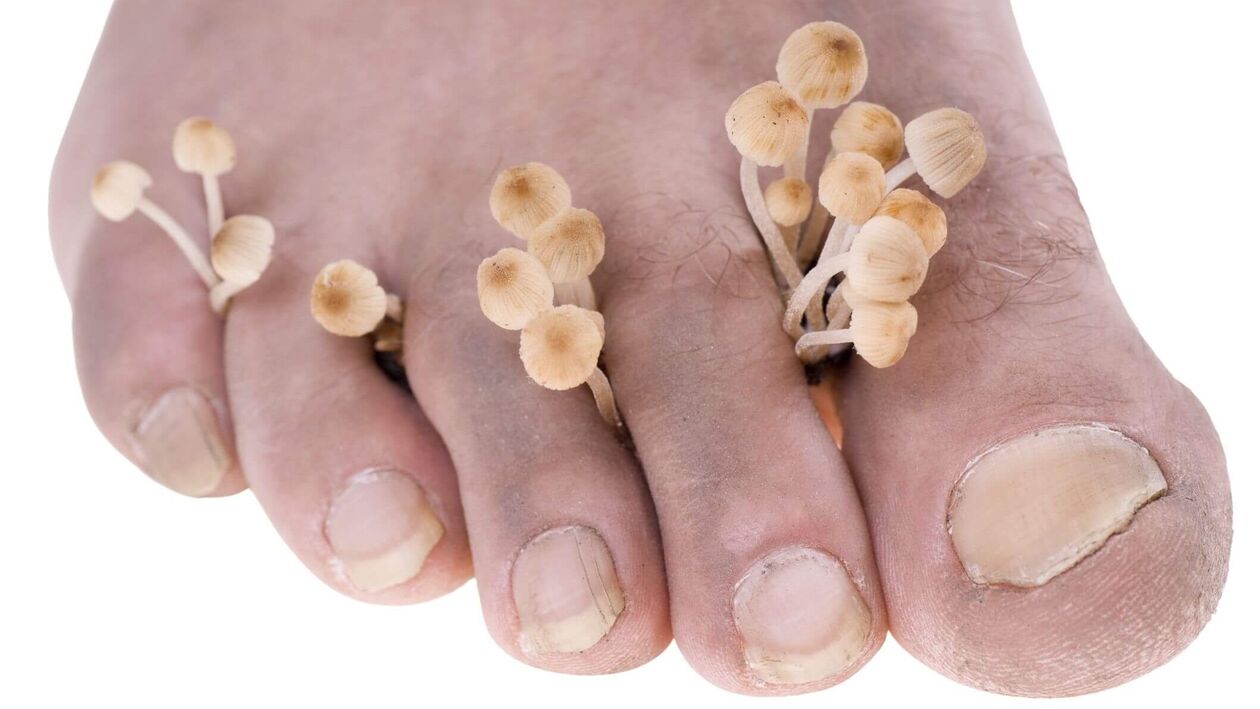
Fungal diseases, also known as mycoses, are infectious diseases caused by pathogenic fungi.
Fungal infections can affect different organs. In this case, the symptoms can be very different depending on which organ is affected and which type of fungus. There are many types of fungal infections, but the forms that affect the skin and nails are the most common. Mycoses are infectious diseases and are transmitted from person to person.
Fungal infections can occur anywhere on the human body: trunk, extremities, scalp, palms, soles of feet, between toes, groin, and even face.
If a family member is diagnosed with fungal disease, all family members, if it is a child, and those who care for the sick child should be carefully examined. Also, children entering orphanages, kindergartens, schools and similar institutions should be carefully checked for fungal diseases.
It is especially important for schoolchildren to be screened before and after leaving summer camps.
If you suspect the presence of mycosis, you should consult a dermatologist and undergo tests for fungi. Before the consultation, it is good to cut your hair short, it makes it much easier to detect mycosis.
With the slightest suspicion of fungal disease in a child, it should be forbidden to go to school or kindergarten. Treatment should be started immediately after the diagnosis is confirmed, in no case should the patient be allowed to come into contact with healthy children.
Any object touched by a patient can be contaminated and put the patient at risk of infection or re-infection. Any such item must be disinfected or destroyed. Clothes are disinfected in a steam-formalin or steam-air chamber. Bedclothes are disinfected by boiling for 20 minutes.
Prevention of fungal diseases in hairdressers, baths and showers should be carried out regularly, with intervals of no more than 3 months. Metal objects in steam-formalin chambers should be thoroughly disinfected with dry heat, along with other objects.
Prevention of mycosis in animals is of great importance, because people are often infected with trichophytosis and microsporia from animals.
It is necessary to create hygienic livestock and veterinary control services in collective farms.
People who have been in contact with sick animals are advised to follow hygiene rules and monitor the condition of their skin, as they can become a source of further spread of infection between both humans and animals.
Cats and dogs can be carriers of hairy microspore, the source of microsporia disease. Animals suspected of having a fungal infection should be taken to special veterinary facilities, but they should never be simply removed, as they will spread the infection. But there are known cases where the carriers are rats and mice.
Preventive measures are necessary to reduce the probability of infection of healthy people, to prevent them from becoming carriers of fungal infections. Systematic disinfection of buildings is one of the most important points in the prevention process. It is done with a five percent chloramine solution, then everything is washed with a five percent soap solution.
Fungal skin lesions
Fungal skin infections are quite common diseases. It can affect any part of the body. Sanitary and hygienic rules should be followed to prevent diseases. Fungus treatment is a complex process, so do not delay your visit to the doctor.
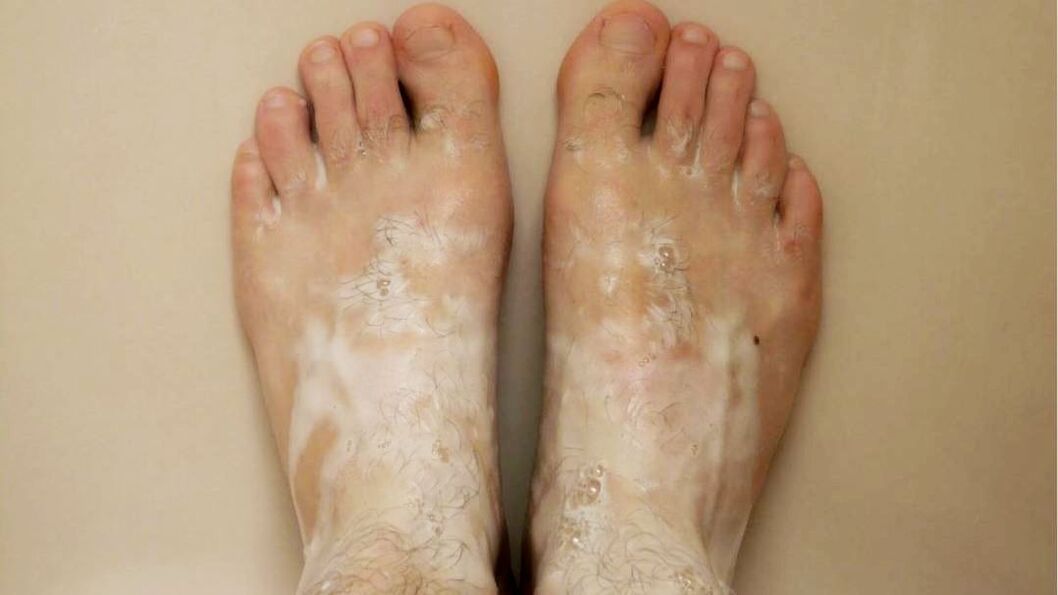
Preparations for the prevention of foot fungus
Athlete's foot, blisters, crusts, scabs, cracks, etc. is an infectious disease accompanied by the appearance. To prevent the disease, it is necessary to maintain foot hygiene and use antifungal drugs.
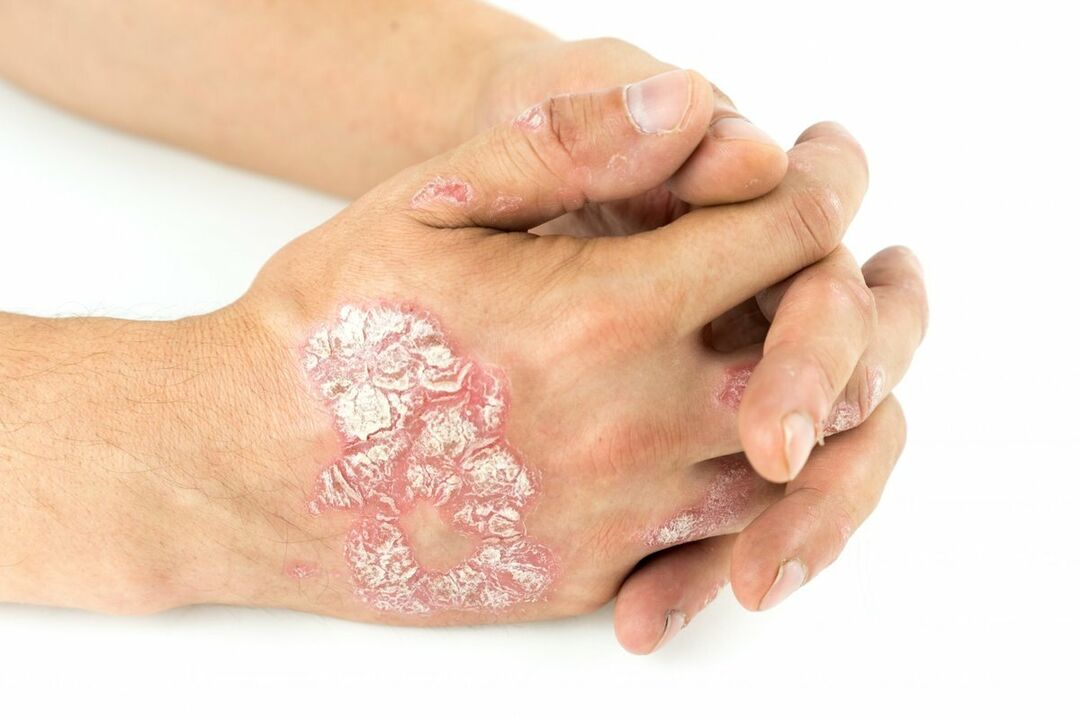
Treatment of skin fungus
Skin fungus or mycosis often occurs in people with a weakened immune system. Affecting the skin, the disease often becomes chronic, reducing the body's resistance. There are different types of mycosis, treatment should be carried out individually.

Fungal diseases of the male genital organs
A separate type of male diseases are fungal diseases characterized by a special transmission of male genitalia - only through sexual intercourse. Therefore, it is extremely important to take care of your health and take preventive measures.
Prevention of fungal diseases. Methods of primary prevention of mycoses
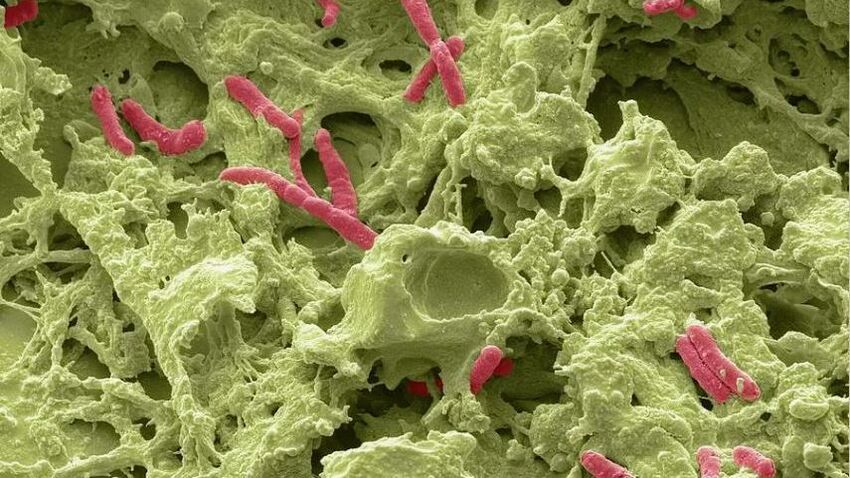
To prevent infection with a pathogenic fungus, you must follow several rules:
- Observe personal hygiene. Any contact in public places should end with hand disinfection. To do this, wash your hands thoroughly or apply an antiseptic solution.
- Public places should be visited with caution. Saunas, toilets, showers and baths are "good grounds" for the reproduction of pathogenic microflora. Avoid contact with surfaces in such areas.
- Avoid contact with infected people or animals. This also applies to facilities used by patients.
The first feelings of discomfort in the skin or its appendages should not be ignored. It is better to consult a specialist who can determine the cause and prescribe the correct treatment.
Reasons for the development of mycosis of the feet
Mycosis of the feet is a skin lesion caused by parasitic fungi. A very common disease among the population. The surface and back of the foot, the interdigital space and the nails are involved.
The causative agent of the disease is Trichophyton fungus of two species. The first is red trichophyton, the second is interdigital. The last type is the most common. According to WHO, up to 30% of residents of developed countries suffer from dermatomycosis of the skin of the feet. This is associated with constant wearing of shoes, as a result of which the most favorable conditions for the development of foot fungus are created.
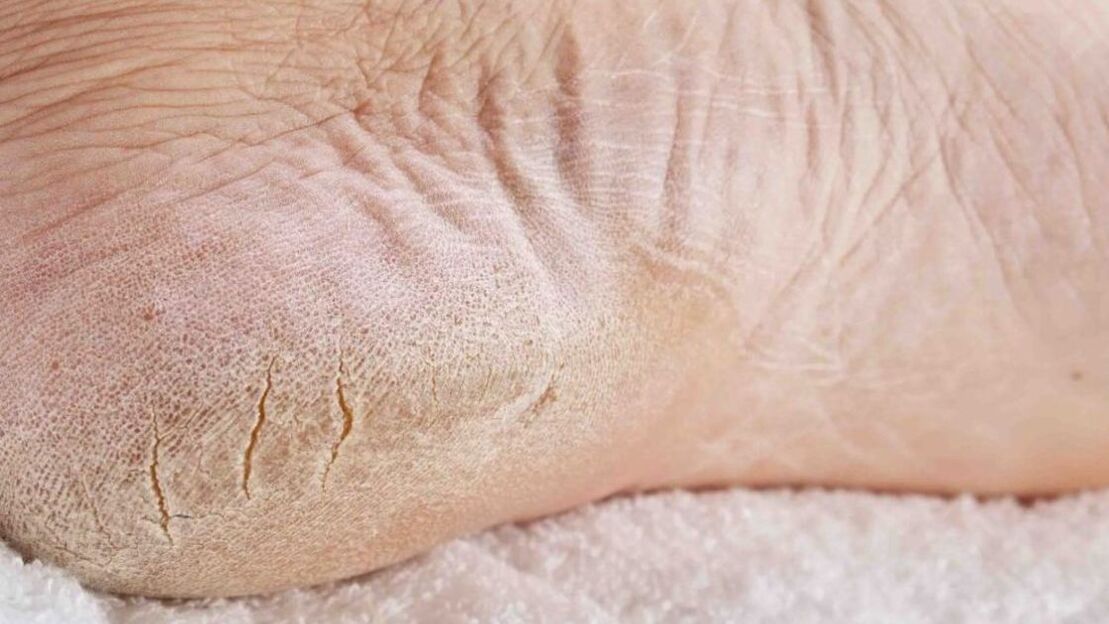
Causes of mycosis
Infection is transmitted mainly through contact - through personal items and household items. Horned skin particles contaminated with spores of pathogenic strains of fungi are a direct source of infection for others.
Microorganisms multiply most intensively in a moist environment. Walking barefoot in public places - bath, sauna, shower - creates initial conditions for infection with mycosis.
Getting into microcracks, scratches and diaper rashes on human skin, the spores enter the thread-like body of the fungus - the mycelium. It penetrates deeply into the epidermis and creates lesions.
The reasons for the development of mycosis are:
- decreased immunity due to chronic diseases;
- diabetes;
- varicose veins, thrombophlebitis;
- over 60 years of age.
These factors reduce the protective functions of the skin and allow pathogens to penetrate. Metallurgists, miners, military personnel and athletes are at risk - anyone who, due to their position or working conditions, is constantly forced to wear waterproof and vapor-proof shoes.
Familial foot mycoses are common. Proximity to an infected family member is the shortest way to transmit a harmful fungal disease.
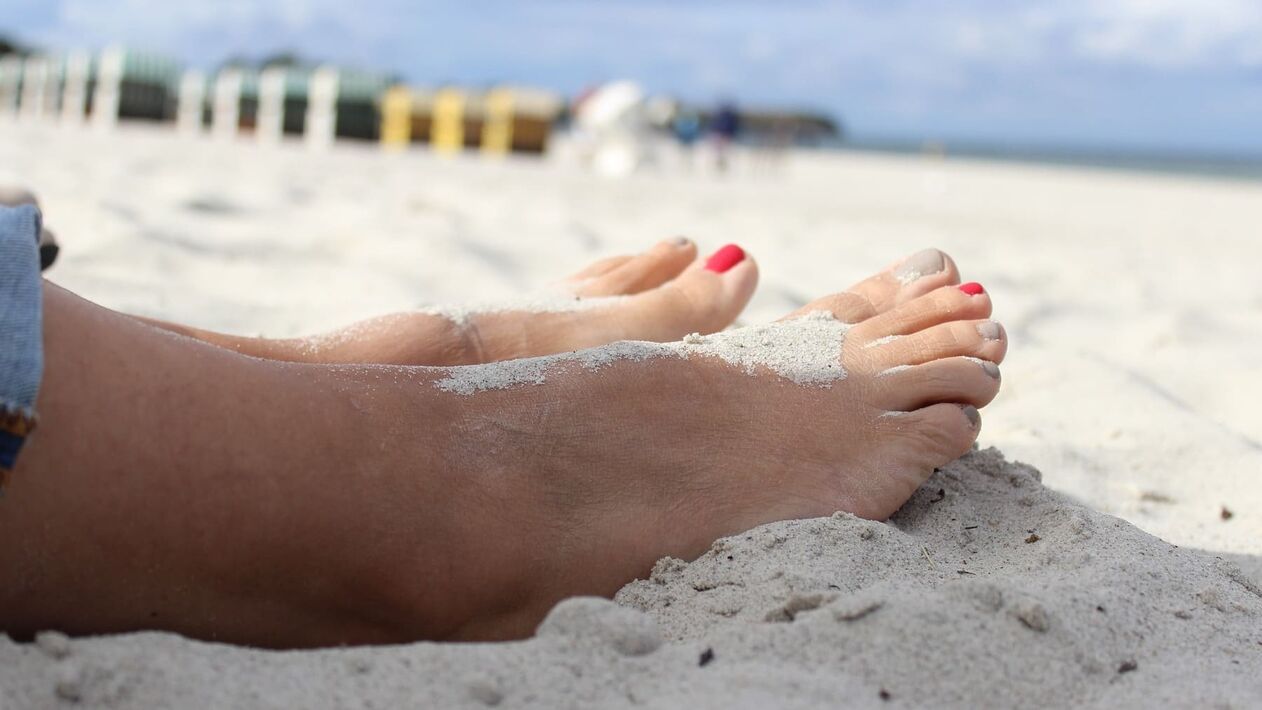
Symptoms of a fungal infection
Fungal diseases of the feet are manifested by various signs of destruction of the skin. Forms of mycosis are distinguished depending on the nature of skin damage:
- Deleted. The surface of the foot peels off, diaper rash appears between the toes. Less itching. Patients often ignore it, considering the symptoms of fungus to be irritation, or use ineffective home remedies.
- Squamous-hyperkeratic. This form is also called "moccasin foot" because the rough, thick skin of the heel is covered with cracks. The damage to the skin is significant - it peels off on a large scale, the color is gray-yellow. There is pain when walking, an unpleasant smell. The disease mostly affects the elderly.
- Wet (vesicular, dehydrated). Its peculiarity is the formation of small pink bubbles that merge into large bubbles over time. The disease begins with the arch of the heel, then spreads to the entire foot and toes. When the bubbles burst, they form erosion foci. The skin swells and itches.
- intertriginous. It is characterized by damage to the interdigital space. The skin becomes loose, moist and swollen. Severe itching and burning appear. Over time, deep, painful cracks form that interfere with normal walking.
- spicy. Severe form of mycosis. It is characterized by fever, inflammation of the inguinal lymph nodes, and swelling of the legs and feet. The legs are covered with blisters with serous-purulent contents. After opening them, weeping erosions are formed, causing severe physical pain to the patient.
Pathogenic fungi that feed on the cells of the human body release toxins that poison the body. The protective function of the skin and general immunity decreases. Lesions are open doors for bacterial and viral infections. Fungus treatment is a necessary condition for maintaining health and normal well-being.
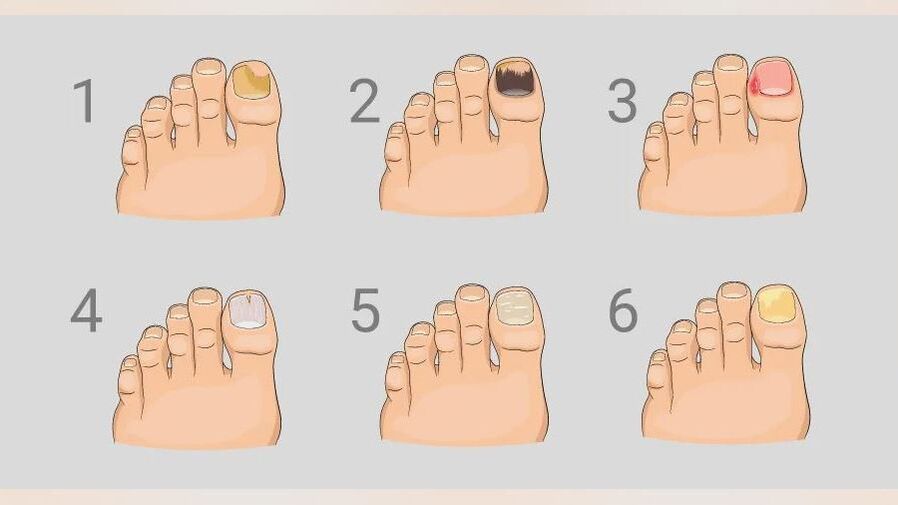
Diagnosis of foot mycosis
Diagnosis and treatment of fungal diseases of the feet is carried out by a dermatologist and a mycologist. The determination of the type of fungus is carried out by laboratory methods - the study of tissue samples under a microscope. The cultural method for determining the type of pathogen is to place the inoculated material in a nutrient medium. At the same time, the causes of mycosis are determined. Take tests for HIV, blood sugar levels, STDs.
Based on the results, the doctor diagnoses and prescribes treatment. It can be monotherapy or complex treatment using external agents and tablets.
How to treat athlete's foot
Ringworm treatment is successful when the patient takes medications and procedures responsibly. Modern drugs have a beneficial effect on the liver and effectively destroy the mycelium of pathological forms of the fungus.
For wet forms of the fungus, the wounds are first dried using a solution of potassium permanganate, brilliant green, iodine or boric acid. Drugs containing corticosteroids are indispensable in the treatment of this type of mycosis. "Moccasin foot" is wrapped with salicylic acid and cleaned of keratinized layers. They soften rough skin, easy to clean after the procedure.
Treatment of foot fungus with folk remedies
In the form of homemade formulas:
- foot baths;
- ointments;
- lotions;
- compresses.
- decoctions and infusions of medicinal plants.
Baths take 15-20 minutes. The solution is prepared by adding acids - vinegar, boric or a mixture of salt and soda. They soften the stratum corneum well. After the procedure, dry the foot and lubricate it with birch resin. After an hour and a half, remove the remaining medicine with a napkin. Course - from 3 times to 5 times. Onion and garlic in the form of a compress disinfect the surface of the feet well. It is used in a mixture with oils. For small skin lesions, a decoction of oak bark, celandine, lemon juice and essential oils of tea tree or fir are effective.
Important. Folk remedies have no contraindications, but their use is most effective in combination with drug treatment.
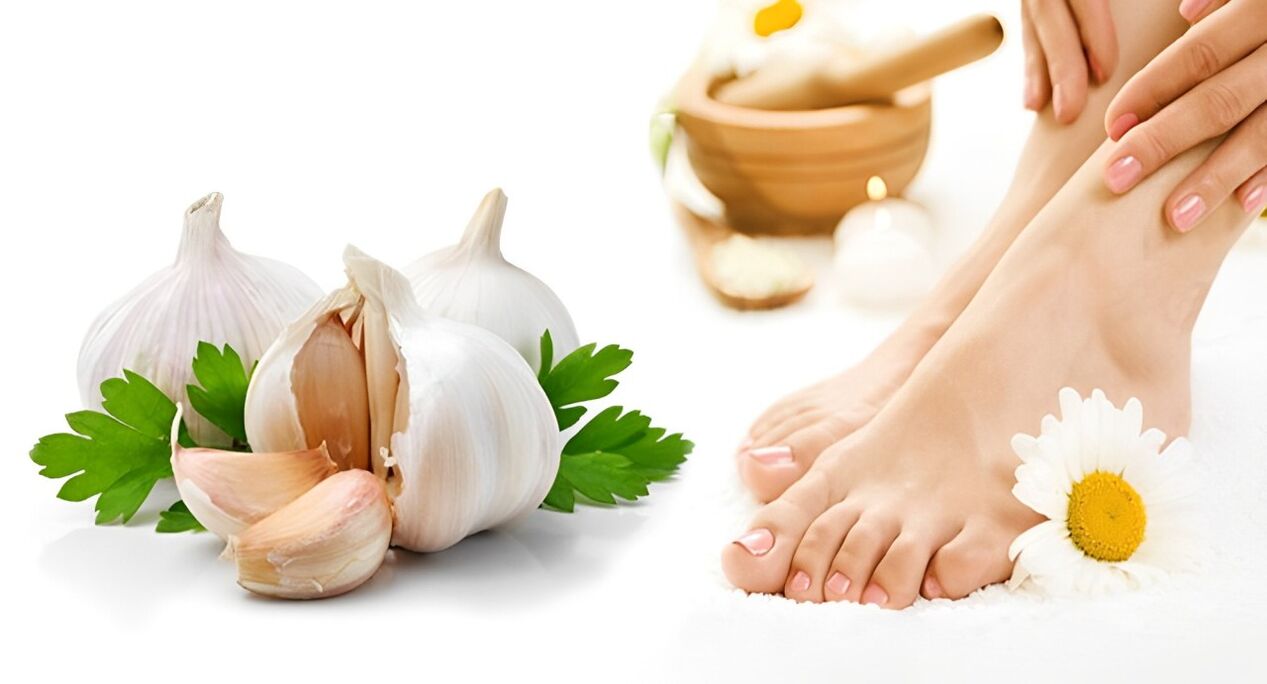
Consequences of mycosis of the feet
Like any infectious disease, tinea pedis affects the cells of the human body. The mycelium, which penetrates the thickness of the skin and feeds on its components, grows into the epithelial layers. This does not go unnoticed in the body. Local and general immunity decreases. Allergic reactions may occur and asthmatic manifestations may intensify. Bacterial and viral infections penetrate open wounds. Fungal infections can be accompanied by more serious diseases.
Important. Mycosis of the feet poses a threat to both the carrier of the dermatophyte and its immediate environment. People with poor health are most susceptible to fungal diseases. To protect yourself and others, you need to treat the fungus.
Prevention of athlete's foot
The main preventive measures should be aimed at:
- avoiding contact with possible sources of fungal infection;
- observe the rules of personal hygiene;
- maintaining a healthy lifestyle;
- treatment of chronic diseases.
If symptoms of mycosis of the foot appear, you should consult a specialist and carry out the prescribed treatment. If preventive measures are taken, cases of return of fungal disease of the skin of the feet are extremely rare.
Fungal infection in the body: symptoms and treatment
Many viruses, fungi and bacteria inhabit the human body. All these microorganisms can be beneficial, opportunistic or pathogenic. Moreover, as long as a certain balance between microorganisms is maintained, the last two types do not cause harm
Fungal infection
Many viruses, fungi and bacteria inhabit the human body. All these microorganisms can be beneficial, opportunistic or pathogenic. Moreover, as long as a certain balance between microorganisms is maintained, the last two types do not cause harm.
The greatest danger is represented by a fungus - a microorganism that can damage the skin and internal organs of a person. There are about 500 species of fungi that cause mycosis in humans. Which fungal infections can cause serious illness in humans and what treatments are used to get rid of pathogenic microorganisms?
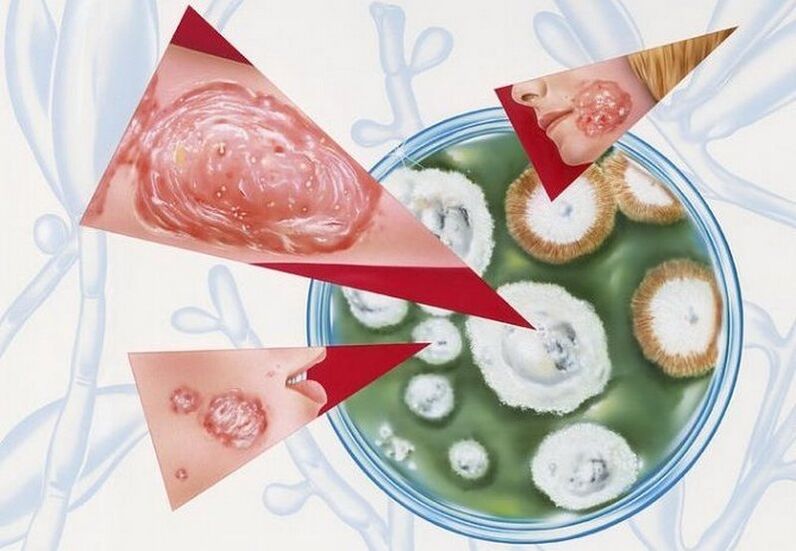
Types of mushrooms
All fungi that can live in the human body are divided into several types:
- Yeast;
- moldy;
- domiphoric.
Fungi are multicellular
Yeasts live in the human body, they are part of its microflora. They belong to opportunistic species, as they do not pose a threat to health, provided that the balance is maintained. All other types of fungi are pathogenic and pose a real threat to human health and life.
Fungi can multiply both on the surface of the skin and nails, and inside the body. But a healthy person, as a rule, is not affected by a fungal infection, because it is destroyed by the cells of the immune system. Therefore, the most favorable conditions for the fungus to work are created in the body of people with weakened immunity.
Features of mycosis of the skin
The skin very often suffers from fungal infections. Moreover, he spares neither women, nor men, nor children. This disease is divided into several main groups:
- athlete's foot;
- dermatomycosis;
- sporotrichosis;
- candidiasis;
- trichophytosis.
Athlete's foot is a fungal disease caused by fungi of the genus Epidermophyton. It mostly affects men. With athlete's foot, not only the top layer of the skin is affected, but also the nails.
There are two forms of this disease:
- inguinal part of the athlete's leg;
- athlete's foot.
Dermatomycoses are a whole group of fungal skin infections that affect every fifth person on the planet. In this case, mycosis can develop not only on the skin, but also on the internal organs.
Sporotrichosis is a chronic fungal disease caused by fungi of the genus Sporotrichium. Infection occurs through contact with grass, bushes, soil, street dust and even food. In this case, the skin and subcutaneous tissue are most affected. Mucous membranes and internal organs are rarely affected by fungi.
Candidiasis is caused by yeast fungi of the genus Candida. These microorganisms are part of a healthy microflora and perform important functions in the human body. However, when favorable conditions are created, Candida fungi begin to multiply actively, disrupting the balance of bacteria, which leads to the development of candidiasis. Most often, candidiasis or thrush appears in the vagina in women and in the mouth in children.
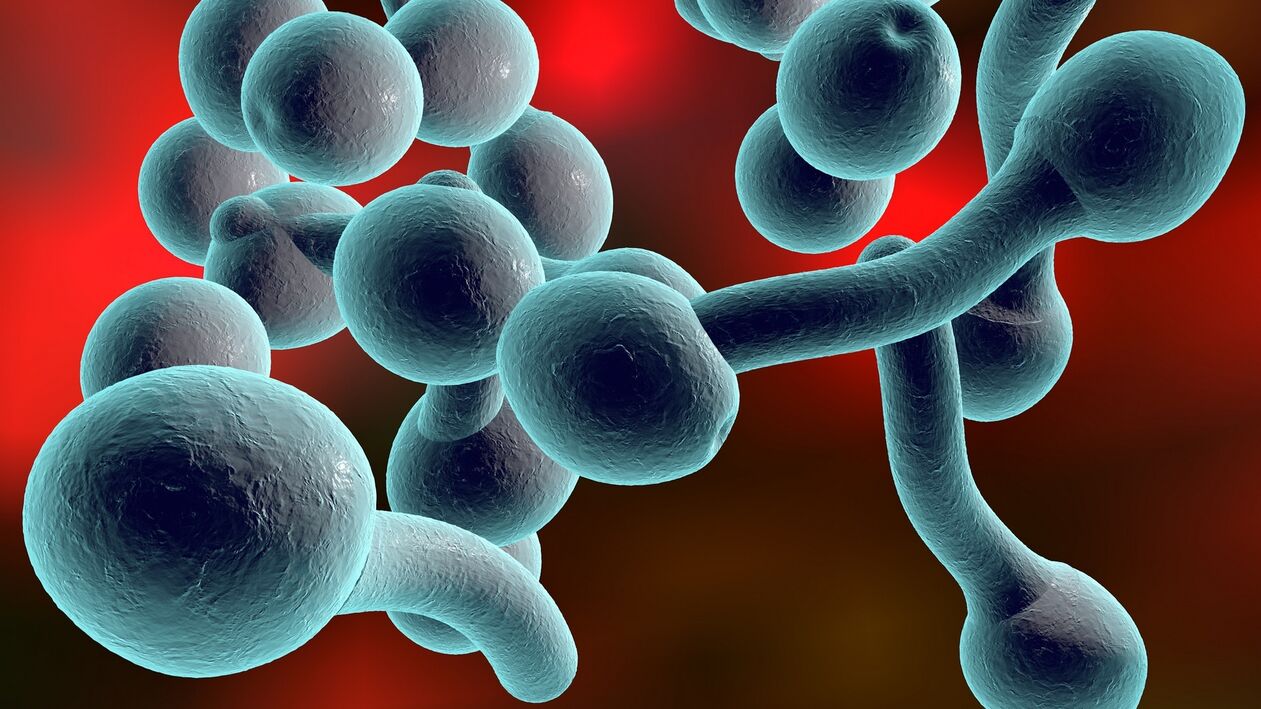
Causes of fungal infection
The development of fungal infection is facilitated by contact with the source of the fungus. For example, their spores can be in the air, on floor surfaces or in bird droppings. At the same time, in order to multiply, fungi require a special environment that is created when the protective functions of the body decrease.
Although athlete's foot can affect anyone, there are certain populations that are most susceptible to the disease.
These include:
- persons who have undergone organ transplantation;
- cancer patients, as well as people who have undergone chemotherapy and radiation therapy;
- people suffering from diabetes and lung diseases.
Fungi can grow on the surface of the skin. But the favorite places for dislocation are the folds of the skin, the bends of the arms and legs, that is, all the places where there is high humidity and body temperature. Mycosis can spread to a small area, for example, between the fingers or toes. But some fungi can infect deep layers of tissue. If mycosis develops in the lungs, it enters the bloodstream, which causes damage to internal organs.
Coccidioidomycosis
This disease is caused by fungi of the genus Coccidioides imitus living in the soil. This microorganism is distributed in the driest areas of America, Africa and Mexico. Along with the goods supplied from these countries, they also enter other countries.
Symptoms of coccidioidomycosis
The first symptoms of the disease are similar to ARVI and inflammatory processes in the lungs and bronchi. The presence of fungus is indicated by the following symptoms:
- slight increase in body temperature;
- trembling;
- Headache;
- feeling tired;
- general weakness of the body.
Later these symptoms are joined by chest pain, shortness of breath and dry cough. A few weeks after the pulmonary manifestations of the disease, the patient develops skin rashes in the form of papules or nodules that look like warts.
Histoplasmosis
This disease is caused by the fungus Histoplasma capsulatum, which mostly affects the lungs. In some cases, the fungus spreads to other organs, causing the patient's death if not treated. People suffering from AIDS are susceptible to this disease due to a weakened immune system.
Symptoms of histoplasmosis
The acute form of the disease is mostly asymptomatic, which makes it difficult to diagnose and delay the start of treatment. In severe cases, patients experience the following symptoms:
- increase in body temperature to 40-41 ° C
- chills with profuse sweating;
- severe headaches and muscle pain;
- chest pain;
- dry cough;
- general weakness.
If not treated, the disease becomes chronic.
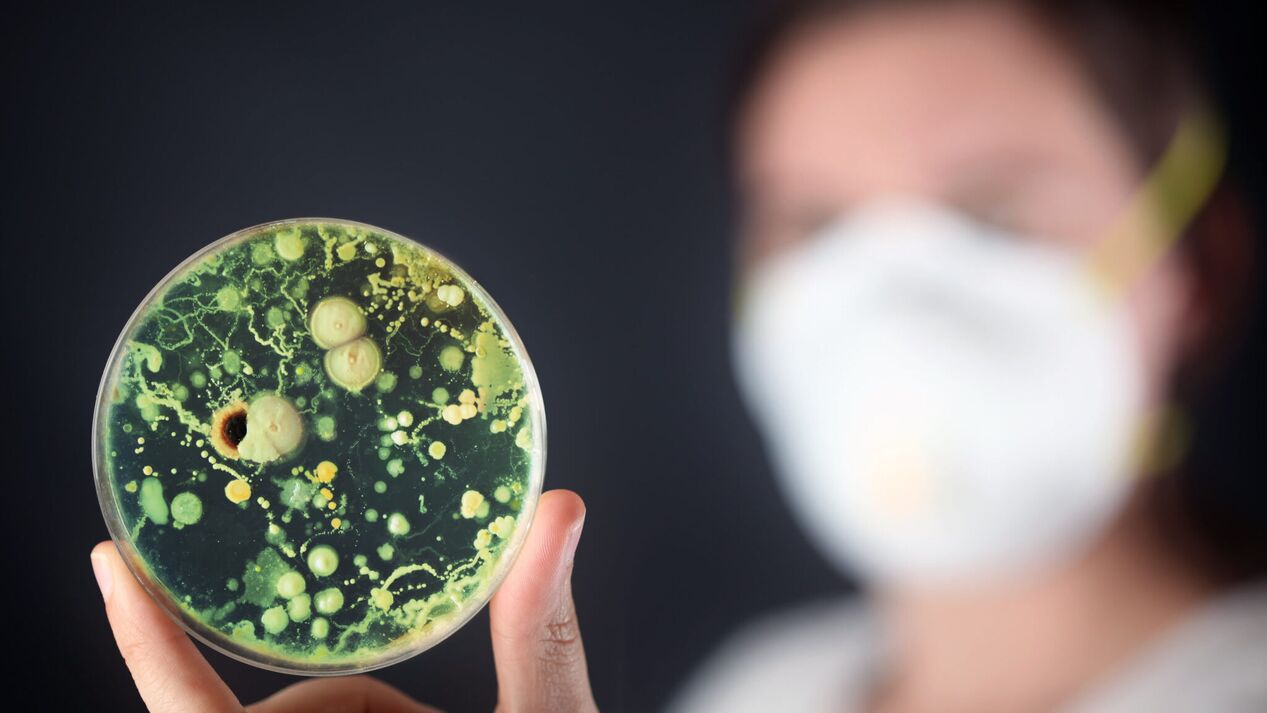
Features of the treatment of fungal infection
The treatment of any fungal infection includes internal administration of antimycotic drugs to improve the general condition of the patient, as well as symptomatic therapy. In severe forms of the disease, drugs are given intravenously. The duration of treatment depends on the type of fungal infection and the severity of the disease. Generally, it is from 1 to 3 months. In addition, patients are prescribed drugs that strengthen the body's immune system.
Preventive measures
Fungus is an insidious microorganism that is difficult to destroy. Therefore, it is easier to prevent any infection. First of all, it is necessary to strengthen the immune system, which will allow you to independently fight any pathogen.
It is also recommended to observe the following rules:
- follow the rules of personal hygiene, wash your hands before eating, after every visit to the toilet and public places;
- wash vegetables and fruits thoroughly;
- animal food must undergo heat treatment for a long time;
- rational eating, minimizing the consumption of simple carbohydrates and sugar;
- monitor body weight;
- take antibacterial and hormonal drugs only as prescribed by the doctor;
- use condoms during sex.
It is very important, if you find several signs of a fungal infection, see a doctor and undergo a full body examination.
In modern dermatology, there are a number of antifungal drugs that are harmful to the fungus and non-toxic to the human body. They are available in different dosage forms: for local and systemic use.























